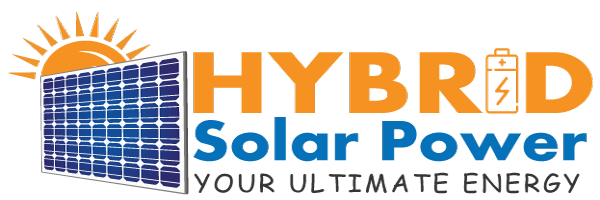solar panel recycling
The cumulative capacity of Australia’s more than 3.19 million solar PV installations as of June 2022 was 27,167 MW, of which at least 3,271 MW had been added in the 12 months prior. This is great for greenhouse gas emissions and air quality, but it also portends a growing e-waste problem. The photovoltaic panels will eventually stop producing enough energy. When solar panels have served their purpose, can they be recycled?
Solar panels have a design life of 25 to 30 years. Degradation causes solar modules to become less effective at converting sunlight into electricity over time. In the United States, solar panels have primarily been placed in the previous ten years. The panels must be replaced because of a decline in efficiency. The refurbishment of damaged solar panels is an excellent idea.
Only a small percentage of solar panels are recycled at the moment. Solar panel recycling is costly and difficult due to a lack of regulatory regulations, infrastructure, and foresight in the module design process. Solar panel recycling must be done efficiently if solar energy is to create really clean electricity.
What materials are in solar panels?
| Name of Materials | Silicon-Based PV Panels | Thin-film-Based PV Panels |
|
76% | 89% |
|
10% | 4% |
|
8% | 6% |
|
5% | Nil |
|
1% | 1% |
It is useful to think about the parts that make up a solar photovoltaic (PV) panel while examining recyclability. Silicon-based modules are made of silicon, glass, plastic, and aluminum. Sad to say, they also contain tiny amounts of dangerous substances like lead, which, if improperly disposed of, can seep into groundwater. In thin-film solar, cadmium telluride (CdTe), which is poisonous and carcinogenic, is present. It is a smaller-scale issue because thin film now accounts for less than 5% of the worldwide module market.
What solar panel components can be recycled?
Solar panels contain a variety of elements, some of which can be recycled more readily than others. Solar panels can be recycled up to 95% of the way, with glass, aluminum frames, polymers, silicon, copper, and silver paste being the most valuable components. Through this method, it is especially beneficial to obtain the silver paste and aluminum frames. Through a sophisticated recycling process, about 80% of crystalline silicon may also be recovered.
How are solar panels recycled?
The modules must be disassembled in order to get the glass and the metal parts in the frames and junction boxes out before being recycled. Sadly, the materials that are still used create a low-value product that is primarily downcycled into low-value products. Because of this, recycled material demand is low, and material recovery rates are frequently around 85%.
How can we enhance the recycling of solar panels?
It is a good practice to repair idle solar modules to extend their lifespan. With the support of such initiatives, solar PV materials can be sold on a secondary market, lowering costs and cutting waste.
The direct reuse of materials in the frame, glass, tabbing, and solar cells are necessary to achieve a significant improvement in the value of recycling activities and recovery rates. In fact, if copper, silver, and silicon can be successfully recovered, they offer a significant opportunity. For instance, silicon might be reused in lithium-ion battery anodes or solar panel anodes.
Where may old solar panels be recycled in Australia?
Australia has authorized recycling facilities where solar panels can be recycled. Currently, six major businesses—Reclaim PV, PV Industries, SolaCycle, CMA Ecocycle, and Ecoactiv—recycle solar panels and related items. But it’s vital to remember that because this procedure hasn’t been optimized, these services might cost bill-payers extra. Customers may also be required to carry the old panels to certain companies.
Why do we need to recycle old solar panels?
Australia is expected to produce one million tonnes of waste solar panels by 2047, according to Macquarie University, with this number likely to rise as more people upgrade their systems very soon. Solar panels contain hazardous substances like lead to help photovoltaic (PV) cells convert sunlight into power. These chemicals may leak out when old and damaged panels are dumped, creating dangerous conditions. Homeowners are urged to recycle outdated and unwanted solar panels in order to reduce this waste.





